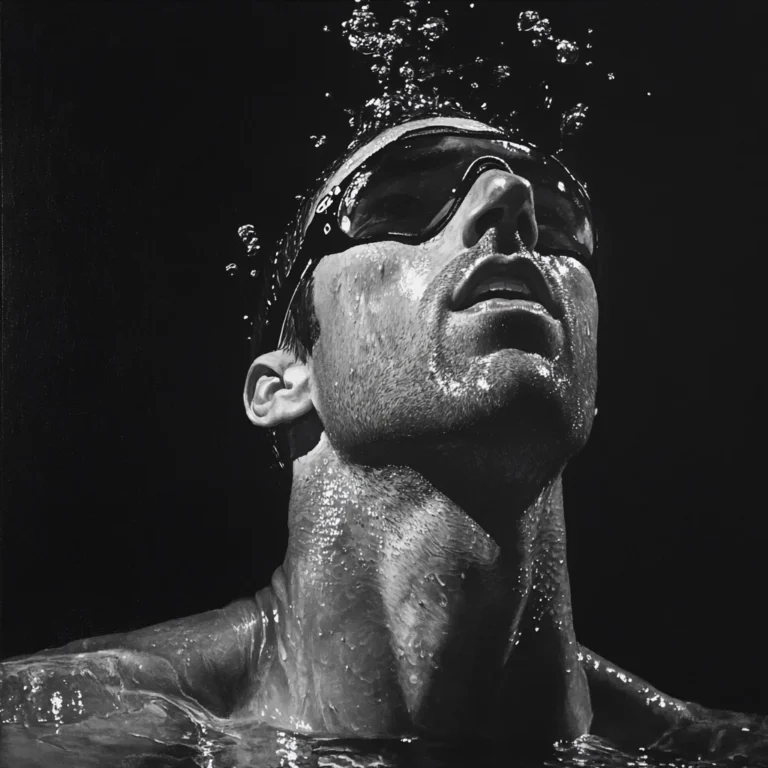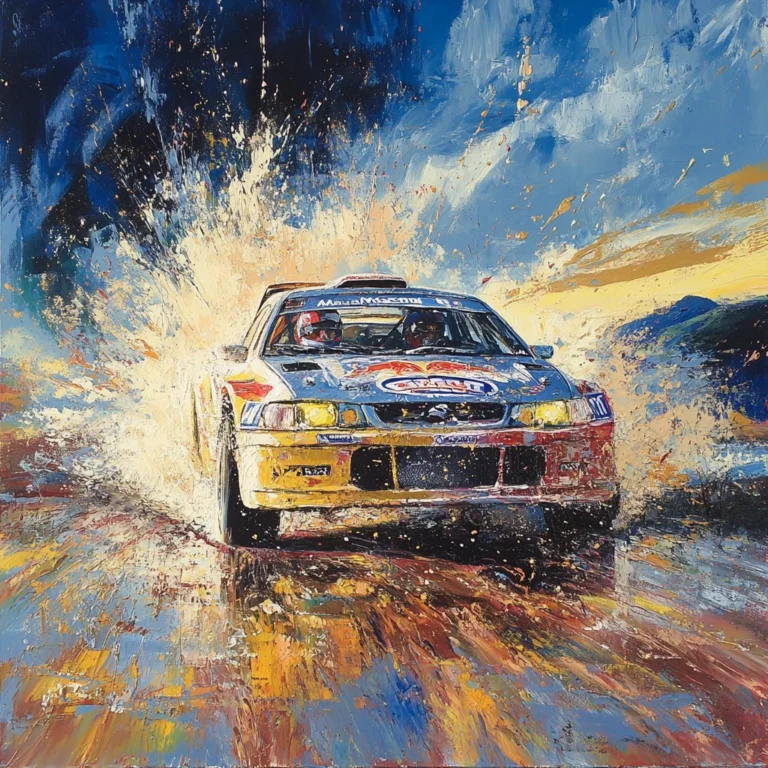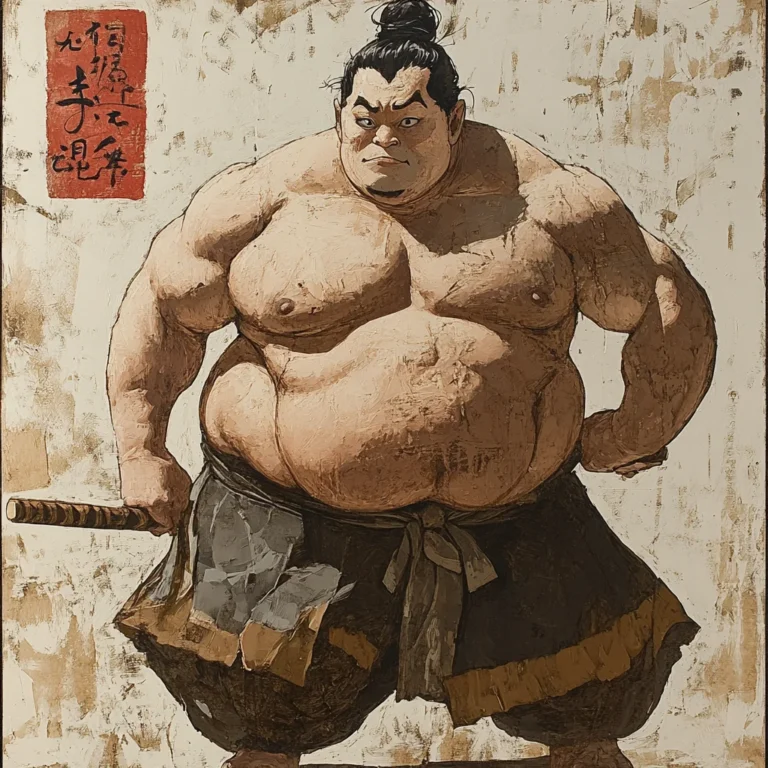Phelps made his Olympic debut at the age of 15 during the 2000 Sydney Olympics. Although he didn’t win any medals, this experience set the stage for his future success.
At the 2008 Beijing Olympics, Phelps won eight gold medals in a single Games, setting a new record for the most gold medals won in a single Olympics.
Michael Phelps has won a total of 28 Olympic medals, including 23 gold, 3 silver, and 2 bronze. This achievement makes him the most decorated Olympian of all time.
Throughout his career, Phelps set 39 world records in swimming, including individual and relay events. Many of these records still stand today.
Phelps achieved a Career Grand Slam by winning each of the four individual swimming events (100m freestyle, 200m freestyle, 400m freestyle, and 200m butterfly) in multiple Olympics.
Phelps is renowned for his proficiency in the butterfly stroke. He won multiple gold medals in the 100m and 200m butterfly events across different Olympic Games.
Known for his intense training, Phelps followed a rigorous regimen that included swimming up to 80,000 meters a week, along with strength and conditioning exercises.
Phelps has been open about his struggles with mental health, including depression and anxiety. His advocacy has helped raise awareness and support for mental health issues.
Michael Phelps initially retired after the 2012 London Olympics but made a comeback for the 2016 Rio de Janeiro Olympics, where he won five gold medals and one silver.
Phelps established the Michael Phelps Foundation, which focuses on promoting healthy and active lives through swimming and other sports, as well as supporting various charitable causes.
He authored an autobiography titled "No Limits: The Will to Succeed," which details his journey, challenges, and the mindset that contributed to his success.
Michael Phelps has appeared in various media, including commercials and television shows. His popularity extends beyond swimming, making him a global sports icon.
Phelps endorsed and wore swimwear designed by Speedo, including the famous LZR Racer suit, which was instrumental in his record-breaking performances.
Phelps is married to Nicole Johnson, a former Miss California USA. The couple has three children, and Phelps has been vocal about the importance of family in his life.
Michael Phelps’s extraordinary career and his impact both in and out of the pool have solidified his place as one of the greatest athletes of all time. These fun facts highlight why he remains a celebrated figure in the world of sports.


